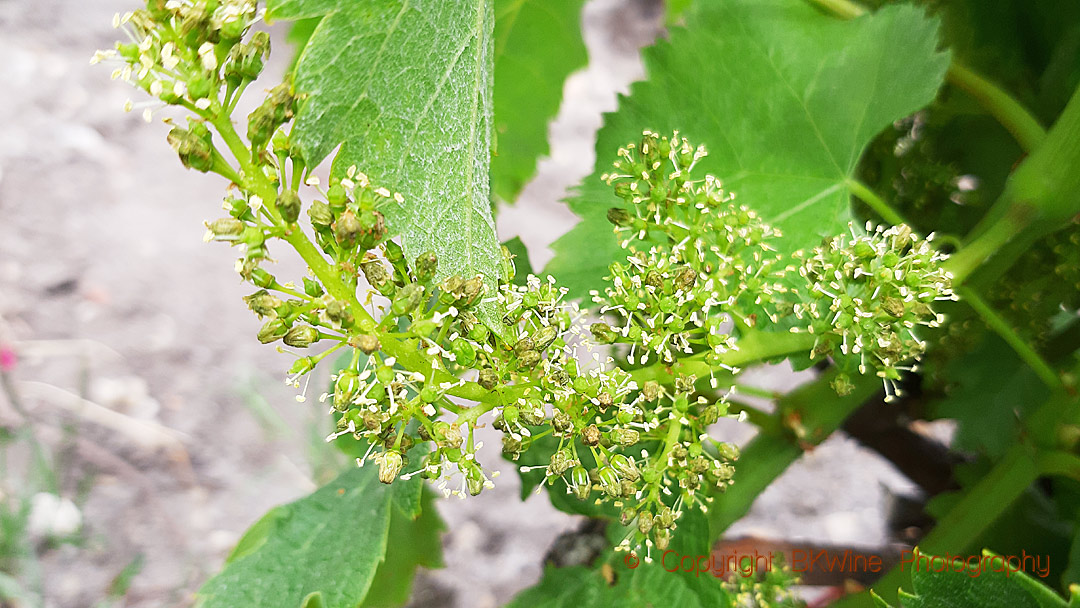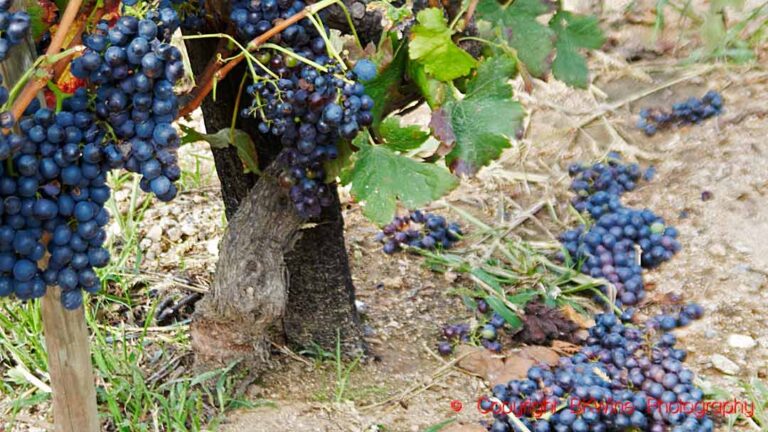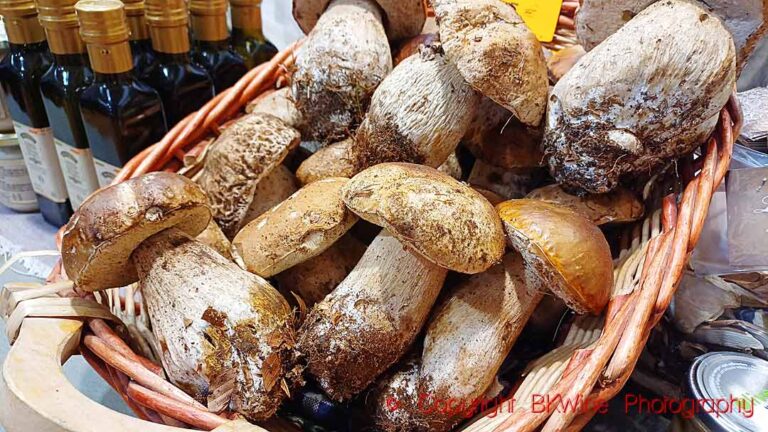People sometimes wonder how you can tell the difference between one grape variety and another in a vineyard. After all, they look pretty much the same. And the truth is that it’s not easy. Pierre Galet, who passed away on December 30 at the age of 98, could tell them apart without a problem. He was one of the world’s most skilled ampelographer (botanist expert in grape varieties).
In the 1950s, he created a system for recognizing varieties by looking at the shape and characteristics of the leaves of the vines, the shoots, the shape of the grape clusters, the shape and colour of the grapes, the number of seeds and by tasting the grapes.
Pierre Galet was an agronomist, oenologist and chemist at the University of Montpellier. He wrote a number of books. His “Dictionnaire encyclopedique des cépages et de leurs synonymes” is a real heavyweight describing around 10,000 different grape varieties. He worked as a consultant around the whole world. Today we identify grape varieties with DNA technology. But that doesn’t help us much if we are standing wondering in the vineyard. It would have been better to have Monsieur Galet by our side.
We are particularly proud of that one of our photos at BKWine Photography has been used on the cover of one if Galet’s books.
Read more about learning how to identify a grape variety.












5 Responses
Good for you to have made this homage to M. Galet. and even better that your photo features on the cover of his book! His expertise is however in the hands of other ampelographers nowadays, that you could possibly also name here. Also from the same city as he…
Such as?
The two ampelographers from Montpellier that I think could be mentioned here as Galet’s worthy followers are: Jean-Michel Boursiquot and Thierry Lacombe
I see. I don’t know them, unfortunately, but I know that Montpellier is famous for its work on ampelography and vine varieties. Doing important work.
Right, Montpellier is very strong in viticulture in general, but also in ampelography especially. Boursiquot was the first one who suspected that Albarino in Australia was Savagnin, something confirmed later by DNA 10 years ago…